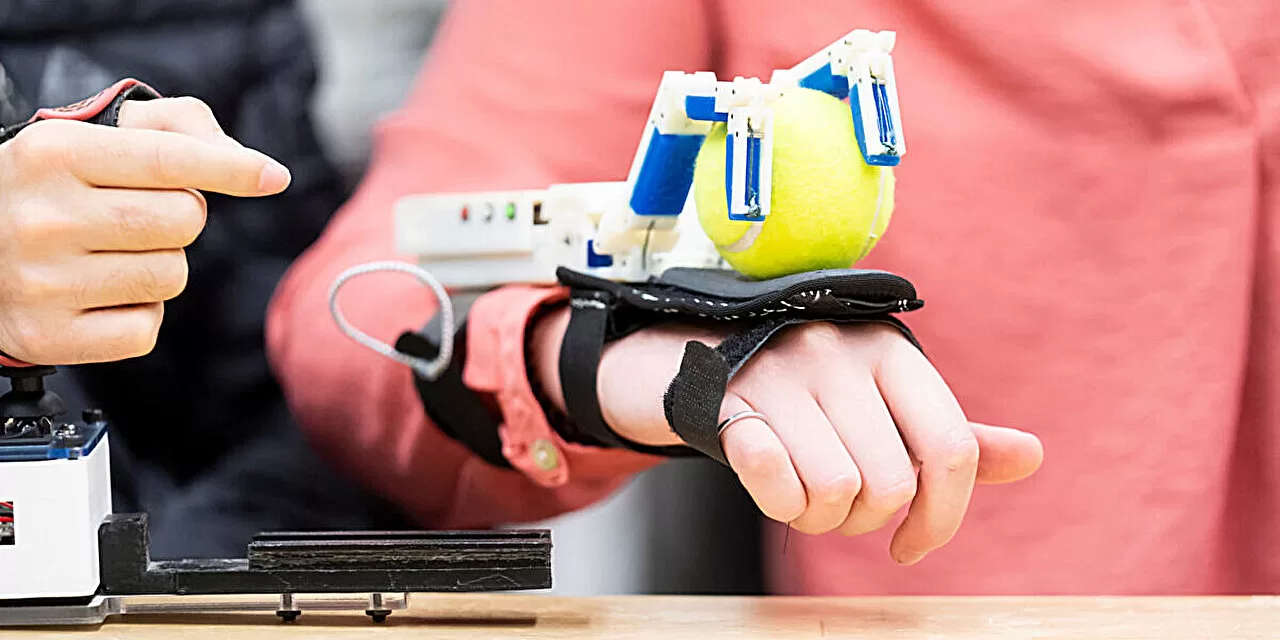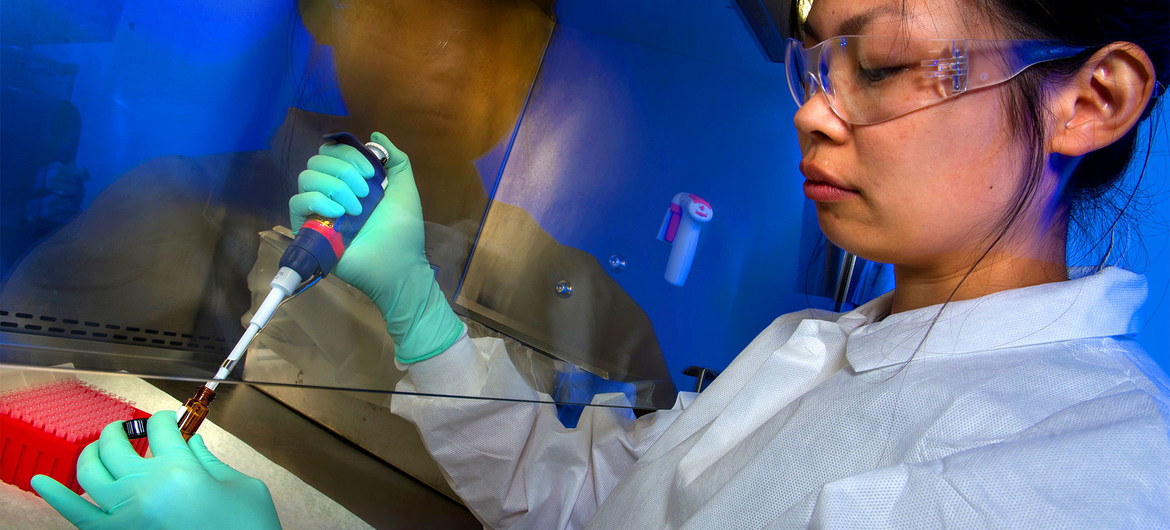Berkeley, CA – A groundbreaking wearable device is poised to transform the lives of individuals with spinal cord injuries (SCI), offering them newfound independence in grasping large and heavy objects. Developed by engineers at UC Berkeley’s Embodied Dexterity Group, the innovative device, dubbed the Dorsal Grasper, utilizes supernumerary robotic fingers to enhance grasping functionality for those with limited voluntary finger and wrist flexion due to SCI.
With over 15 million people worldwide living with SCI, many individuals experience impaired sensory and motor functions below the injury level. Those with injuries between the C5 and C7 cervical levels often struggle with grasping due to paralysis in their limbs. The Dorsal Grasper, however, seeks to address this challenge by leveraging voluntary wrist extension to activate robotic fingers positioned on the back of the hand, allowing for more effective and intuitive grasping.
A Revolutionary Approach to Grasping
The study, recently published in IEEE Transactions on Neural Systems and Rehabilitation Engineering, demonstrated the Dorsal Grasper’s ability to expand users’ graspable workspace. Test subjects reported an improved ability to pick up objects within their arm’s reach without needing to rotate their bodies, reducing the risk of imbalance—an important consideration for wheelchair users.
According to Associate Professor Hannah Stuart, Ph.D. student Andrew “Drew” McPherson, and postdoctoral researcher Jungpyo Lee—who spearheaded the project—the device offers a novel approach to assistive technology. Unlike traditional robotic wearables that wrap around the fingers, the Dorsal Grasper allows for collaborative grasping, where users actively engage with the device rather than being completely dependent on it.
“We designed the Dorsal Grasper to enhance wrist extension capabilities, making users an active partner in grasping,” said Stuart. “Instead of restricting their natural movement, the device enables intuitive operation without complex sensors or neural interfaces.”
Enhancing Mobility and Accessibility
One of the significant advantages of the Dorsal Grasper is its ability to facilitate grasping in otherwise hard-to-reach places. Many individuals with SCI rely on wheelchairs, making it challenging to grab objects on counters, tables, or refrigerators. The new device effectively expands their functional workspace, allowing them to grasp objects more independently and efficiently.
“In lab tests, we found that subjects could control the robotic finger simply by extending their wrist, making operation feel natural,” explained Lee. “If additional force was needed, they could extend their wrist further to enhance grasping power.”
Paving the Way for Future Assistive Technology
McPherson emphasized the importance of usability and design, particularly in ensuring that assistive devices are both practical and desirable for users. Many existing devices fail to account for real-world scenarios, leading to limited adoption.
“We want this device to be comfortable, discreet, and easy to use,” McPherson noted. “If a device is too cumbersome or looks too unusual, users may avoid wearing it. Our goal is to create something that integrates seamlessly into daily life.”
The team is now working on a more refined, untethered version of the Dorsal Grasper designed specifically for home use. This latest iteration includes built-in motors and batteries, making it more practical for everyday tasks. The researchers are also focusing on improving the device’s durability to withstand real-world conditions.
A Promising Future for Assistive Technology
The development of the Dorsal Grasper marks a significant advancement in assistive technology, offering new hope to individuals with SCI. By prioritizing user experience and intuitive operation, the UC Berkeley researchers have created a device that could greatly improve quality of life for those with limited mobility.
As the team continues refining the technology, further studies and real-world testing will determine how best to integrate the Dorsal Grasper into daily routines. If successful, this device could become a valuable tool in enhancing independence and functionality for individuals with SCI.
Disclaimer: This article is for informational purposes only and does not constitute medical or professional advice. Users should consult with healthcare professionals before using any assistive devices. The effectiveness of the Dorsal Grasper may vary based on individual conditions and needs.











